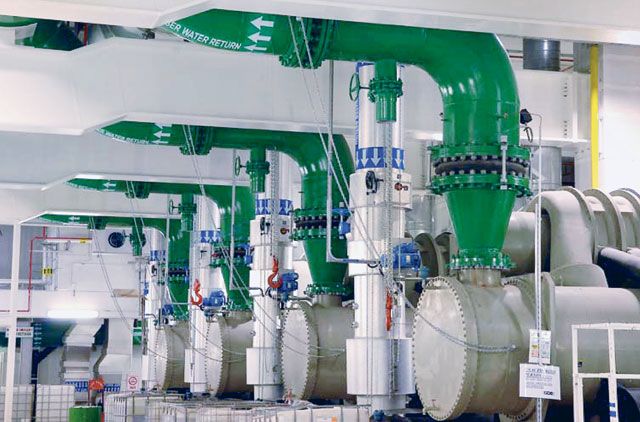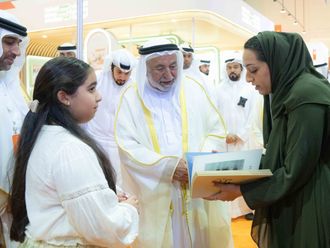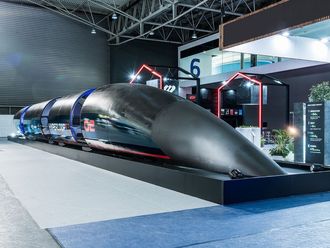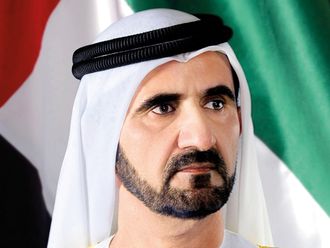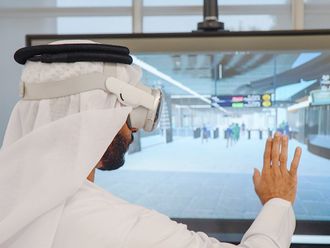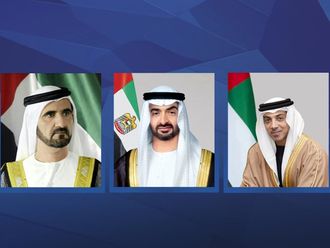Dubai : The Burj Dubai may be the tallest tower in the world but its potential to emit green house gases is the least among high-rise projects of near-comparison, a source working on the project said.
The Global Warming Potential of the HCFC-123 refrigerants used to cool the Burj Dubai is a mere 76 compared with similar projects where the HFC-134a refrigerants used have a Global Warming Potential of around 1,320, the source said.
Mega plant
Explaining the process of how the Burj Dubai is cooled, a spokesperson of ETA M&E, a Dubai-based company which has executed the electromechanical works in the project, said a district cooling plant (DCP-1), specially designed by its district cooling division ETA-GDC, supplies chilled water to Burj Dubai, part of the Dubai Mall and two five-star hotels.
The plant is located next to the Dubai Mall and has a total capacity of 42,000TR (tonnes of refrigeration) in a chiller room with conventional and glycol chillers.
The spokesperson said chilled water is delivered to the buildings by connecting an external chilled water network to chilled water headers in DCP-1 through a piped network.
He said inside the Burj Dubai, there are heat exchangers at three different elevations with independent primary and secondary chilled water pump sets for delivering the chilled water and circulating it through air-handling and fan coil units installed at respective floors to achieve air-conditioning.
The DCP1 is provided with 20 high-efficiency earth-wise CenTraVac chillers supplied by Trane, a global cooling system provider. Trane has also provided four air-cooled chillers to provide standby cooling capability for the data centres. Installed on the 155th and 159th floors of the tower, these chillers are believed to be the highest installation of air-cooled chillers in the world.
"The Burj Dubai has overcome incredible technological and logistical problems on its way to becoming the tallest building in the world. The amount of co-ordination and planning to execute various stages of the project and getting supplies to the site has also been a tremendous achievement," said the ETA spokesperson.
Tall challenge
The toughest challenge in meeting the cooling requirements at the Burj is to ensure that the chilled water piping network inside is capable of withstanding extraordinary high hydraulic pressures, besides the compatibility of pump sets and other special heavy-duty accessories, he said.
A Unique Oasis
The landscape around the Burj Dubai is irrigated using a unique condensate collection system.
The Park, which is an 11-hectare green oasis that surrounds the foot of the tower, has six spectacular water features and gardens and is irrigated by recovering the water condensate from the tower's cooling equipment, providing an estimated 15 million gallons of water a year, enough to fill 20 Olympic-sized swimming pools, a statement from Emaar said.


